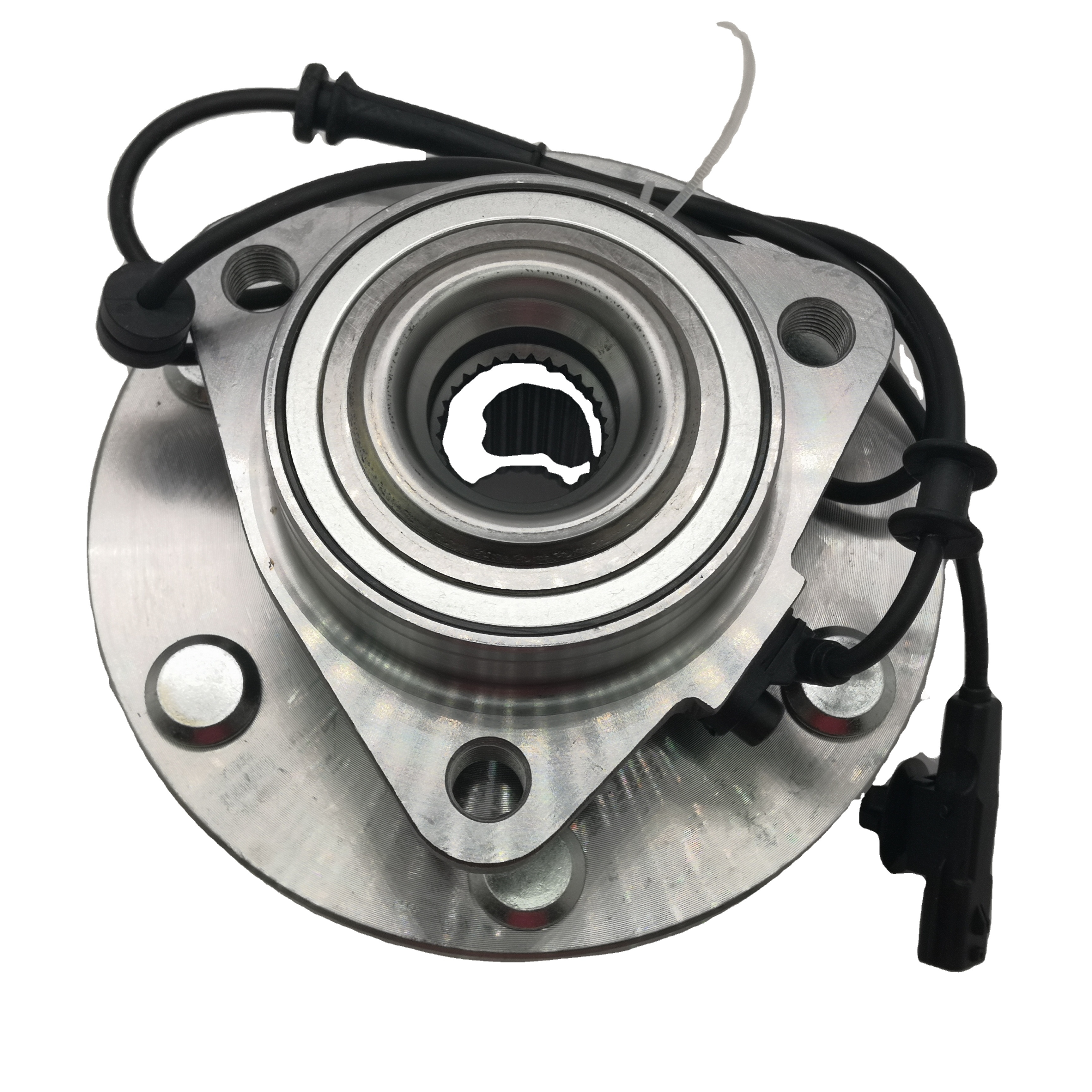What is the role of a wheel hub in a vehicle's suspension and steering system?
Introduction
While most people tend to forget about wheel hubs due to them being located around the inner workings of the wheel assembly, they are nonetheless important parts that contribute tremendously towards overall vehicle performance and handli...
View More
 EN
EN
 AR
AR
 FR
FR
 KO
KO
 PT
PT
 RU
RU
 ES
ES



















![Turbocharger Benefits: Boost Power & Efficiency [2024 Guide]](https://shopcdnpro.grainajz.com/category/48245/1883/3b362b164378f376186b5cd05024b2b2/%E7%94%BB%E6%9D%BF%201.png)